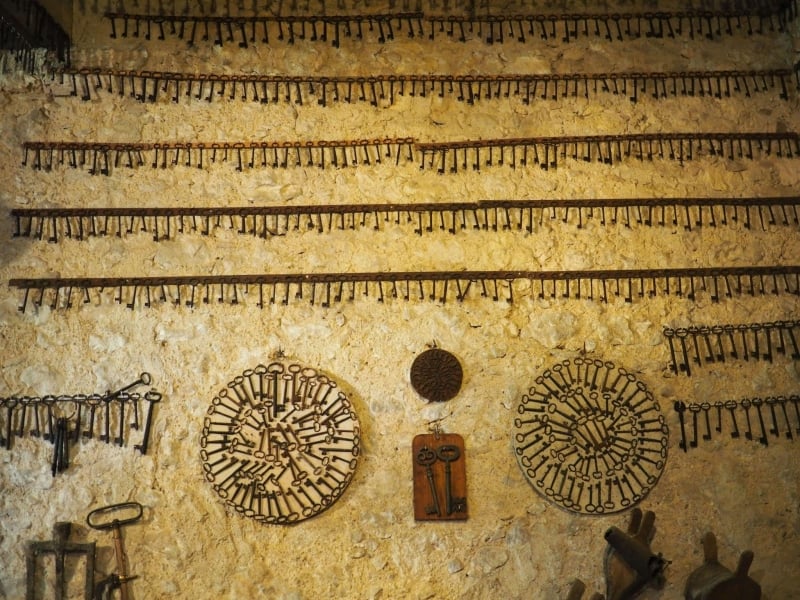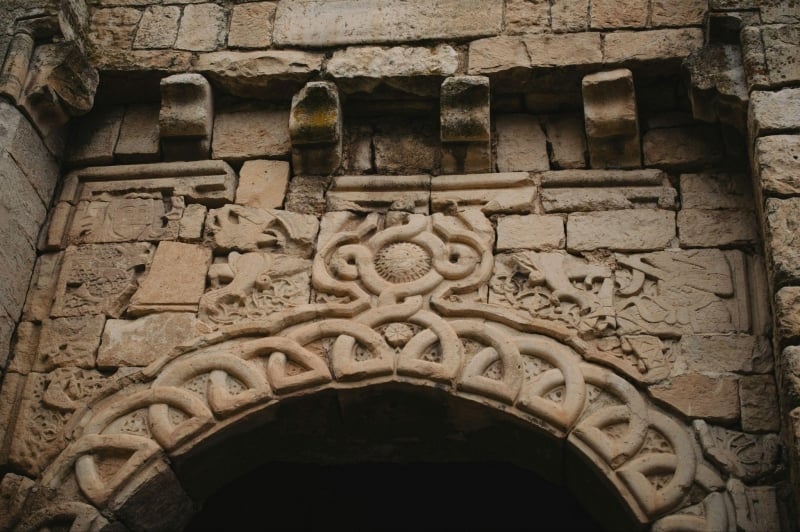Galicia is a mysterious corner in Spain’s northwest. Before the Roman conquest, this land was home to Celtic tribes. Arriving from Central Europe in the first millennium BC, they carried their language, beliefs, and symbols. Even now, ancient carvings remain in the hills—spirals, runes, serpents. They are echoes of a forgotten world. Let’s learn more about them!
What Symbols Can You Find in Galicia?
People encounter traces of ancient civilisations in Galicia. Their settlements, culture, and beliefs are revealed in their symbols. Among ancient carvings and endless landscapes, people slow down, talk with friends, or find meaning in a free psychic reading here https://asknebula.com/free-psychic-reading. To this day, the Celtic roots influence Galician music with the Gaelic bagpipe (gait) and traditional dances.
Runes
Here is one point to clarify. Runes are the names of old symbols that formed alphabets in Germanic languages like Scandinavian and Anglo-Saxon. Residents of ancient Galicia never used them for writing but as shapes and elements in local art or fortune-telling. These similarities come from common cultural origins, not direct contact. It is essential.
People also used runes for magic and protection. For example, the Algiz rune protects from evil, and Fehu stands for wealth and wellness. These symbols, similar to those in Ireland (such as Newgrange), reflect the cycles of nature, the movement of the sun and moon, and spiritual renewal.
Spirals
Originally, they are one of the oldest symbols in human culture. The numerous double, triple, and continuous spirals symbolise eternity. We may think of life cycles and the sun’s movement, too. For the Celts, the spiral is the cycle of life, death, and rebirth.
In various Galician villages, triskelions — triple spirals symbolising the sun and natural cycles — are carved on many crosses and sacred stones, blending pre-Christian and Christian beliefs.

Serpents
Wavy lines resembling a snake’s motion stand for transformation and fertility. It reflects ancient beliefs in the connection of snakes with the sources of life. However, it is true to say that serpents carry a dual symbolism. A snake can also mean deception or temptation.
In Galicia, these images are preserved in the myths of underground creatures – Mouros and Mouras, who guard treasures in caves and dolmens.
Labyrinths
Among the rock carvings of Galicia, you may find a lot of labyrinth signs. They are spiritual metaphors. They are circular or square patterns with a single entrance, leading to the centre and back. They differ from the chaotic, confusing labyrinths. They are symbols of the path rather than traps.
It means the journey, a rite of passage, inner purification, or even a connection between worlds.
Places to Visit in Galicia
If you plan to visit Galicia, here are some things to look for. There are many images carved into stone. Megalithic Burial Mounds are dome-shaped mounds that hide stories inside with dolmens. The latter are the stone tombs of vertical slabs and a horizontal capstone. So here is the list you should include in your journey:
1. Archaeological Park of Campo Lameiro (Pontevedra)
When you take a ride approximately 20 km northeast of Pontevedra, you will see the miracle. It is the largest concentration of petroglyphs in Galicia. There you will see images carved into stone. Rock surfaces save the carved spirals, concentric circles, zigzags, and animals in this open-air site.
2. Dolmen de Dombate (Bergantiños)
A megalithic tomb over 4,000 years old. It is the stone tombs made of vertical slabs and a horizontal capstone. Its inner walls are decorated with spiral patterns, offering a glimpse into prehistoric beliefs.
3. Castro de Baroña (Atlantic Coast)
A well-preserved Iron Age settlement is located on a rocky promontory in the parish of Baronha. There are more than 20 round stone buildings – typical architecture of the Celtic tribes of this region. They left numerous petroglyphs – symbolic engravings on stone with a cult or magical meaning. These are spirals, concentric circles, cup-shaped depressions, zigzags, and other abstract motifs.
4. Monte Pindo (A Coruña Province)
Known as the “Celtic Olympus,” this mountain is steeped in legends of spirits, snakes, and magical beings (mouras) connected to the underworld. Numerous spirals and triskelions (trinitarian spirals) have been found on megalithic monuments.
5. Pedra da Serpe (Mugardos)
A carved stone serpent figure, likely tied to ancient fertility or water rituals.
6. Monte Tetón
It is one of the most interesting places in Galicia to explore ancient symbolism. Dozens of rock carvings have been found on its slopes, among which labyrinths stand out – circular patterns leading to the centre and back. They are considered symbols of the spiritual journey, transition, and renewal.

Conclusion
The mysterious symbols in Galicia are not just an aesthetic of antiquity. They are common motifs in mythology, spirituality, and ancient art. The runes are the sign of a Celtic presence linked to nature and spirituality. We wish you to see them and feel their deep meaning even once in a lifetime.




